The public land deer hunting boom has brought more and more deer hunters to explore public land opportunities than ever before. And despite what you may see on popular YouTube channels, public land hunting won’t come easy. Mistakes are sure to be made.
In fact, there are a lot of mistakes you can make on public land as a deer hunter. For many, public land hunting can be a roller coaster of emotions, with all the highs and lows that come with it. To help you avoid the costly mishaps that often come with public land hunting, here’s a list of 15 public-land deer hunting mistakes to avoid.
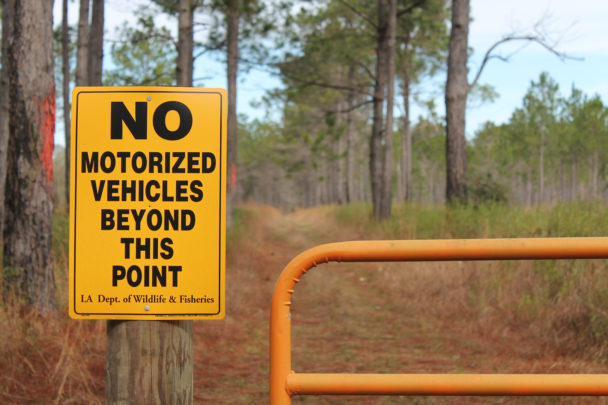
- Missing Quota Hunt Opportunities
The best public land hunting opportunities are those with limited access. Usually, on the ground that’s open to all, that means finding properties that are difficult to access. Maybe it’s landlocked by private and requires trespass permission. It might even be landlocked by private land and water, requiring boat access. But the best public land hunting is almost always a quota hunt. Don’t miss out on these draw hunt opportunities that give you public land access and odds at finding and harvesting older age classes of bucks.
- Not Utilizing Resources
There are many different resources available for most public lands. Oftentimes these properties have informational guidelines to help you learn and understand the property. Generally, these have area managers, wildlife biologists, and other officials who manage and oversee these tracts. Therefore, it’s good to study informational tools and contact people who work for and with prospective public hunting lands. Not doing this will do yourself and your hunting endeavors a disservice.

- Ignoring Small and Unattractive Tracks
Most hunters are attracted to large, manicured, easy-looking public lands. Those who forgo obvious looking terrain, topography, and habitat, will find themselves avoiding other hunters and landing in less-pressured deer herds. That includes small and unattractive tracts of public land. Oftentimes, even if these areas don’t look good on a map, they’ll look good in person, because the deer are using it, sign should be abundant, and success can be much more likely.
- Foregoing Areas That Don’t Provide Stand Trees
Some places on public land don’t have quality stand locations. Perhaps the trees aren’t mature enough to obtain a good treestand height. Maybe these are the wrong sorts of trees for climbing treestands, and other mobile methods. But some areas should be hunted, even if they don’t provide such trees. Maybe that means hunting 6 to 10 feet off the ground with a hang-on stand. Perhaps it means implementing a tree saddle at similar heights. It could even demand hunting from the ground. But often these areas harbor mature deer, because other hunters avoid it due to the lack of orthodox stand trees.
- Following the Crowd
Whitetails take the path of least resistance. Humans do the same. Hunters are not immune to this behavior. It takes a conscious overriding of this habit to succeed on public land. Therefore, study where other hunters are hunting, and where they have stands and cameras. Cross these areas off the list. Study the remaining areas, and cross off obvious-looking areas, even if they don’t show hunter sign. Because it’s highly likely that it’s been hunted or soon will be.
Then, search for other locations on the property that show quality habitat, offer good bedding, provide optimal food sources, and give deer the security they need. The spots might not look as appealing to hunters. They might be more difficult to reach. They might not even be as much fun to hunt. And overall deer sightings might be lower. But these are the places you will intercept that mature public land whitetail.
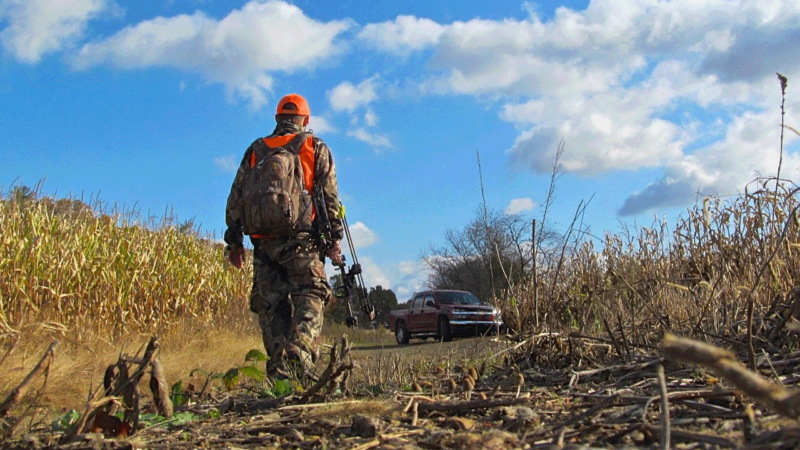
- Using Trail Cameras Without Thought
Trail cameras can be your best friend or your worst enemy. Used correctly, these can greatly increase your efficiency as a deer hunter, even on public land. There are many different ways to mess up with cameras on public, though.
First, quit placing trail cameras in obvious locations. While unfortunate and illegal, theft rates are higher on public ground. This calls for a leveled-up game plan with cams. There are several ways to conceal cameras from other hunters. First, place these in locations other hunters will overlook that remain good locations to intercept deer movement.
Secondly, hang these cameras higher and angle them downward at real or mock scrapes, watering holes, and other key locations. Third, use smaller straps that don’t look as obvious to the eye. Finally place these in locations that are easier to conceal a camera, such as in the Y of a tree, against a large trunk, back inside of a crevice, and consider placing some camo around it, such as moss, or another option.
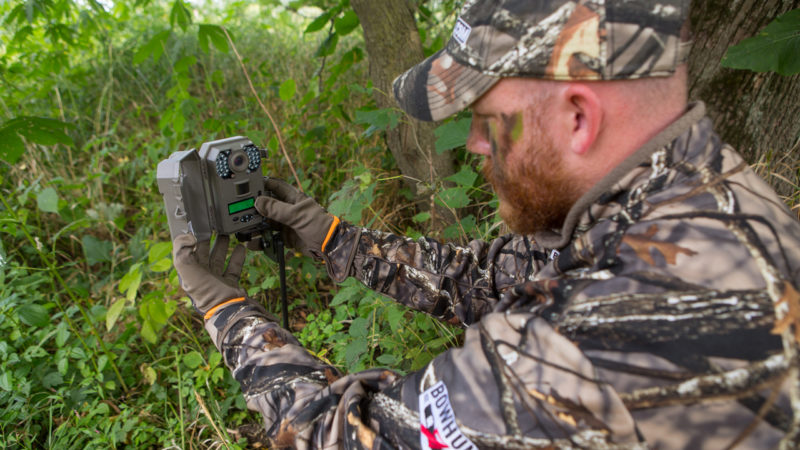
- Relying Too Heavily on Trail Cameras
Public land deer hunting and private land deer hunting share similarities, but an equal number of differences. One commonality on public land, especially pressured tracks, is the frequent pushing of deer. Because of this, deer movement patterns are shorter-lived and less-defined. Therefore, trail cameras are less reliable, unless using real-time cell cams. Because of this on public land, deer hunters are better off relying on in-the-field scouting and observation sits. Of course, historical knowledge of a property or a particular deer can be relevant to, especially if the hunting pressure is low and property components remain similar to past years.
- Being Too Reckless
One of the biggest mistakes you can make is hunting public in a careless manner. This is inconsiderate. You are not the only person hunting that property. Therefore, hunt in a respectable and responsible manner. Don’t push through a bedding area just because you can. Don’t blow out a field of deer just because you’ve just filled your tag. Treat the property as if you own it, manage it, and value it. If that doesn’t give you the right mindset, hunt it like you’re a guest on a friend’s property. Because the truth is that land is owned by all and for all and you wouldn’t purposely trash or degrade your property or someone else’s.
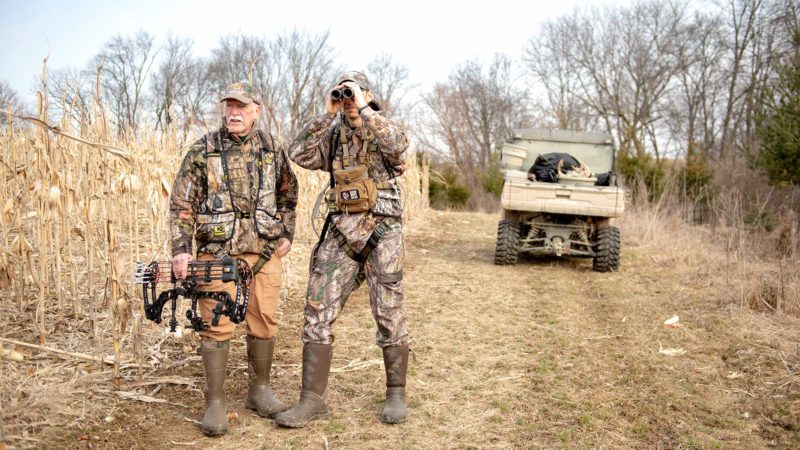
- Being Too Trendy
There are always new products, tactics, and even fads in the world of deer hunting. Some of these are great. Others are grand. But don’t automatically adopt a tactic or product merely because everyone else is doing so. Determine if this is something that fits into your style of hunting, your skillset, and your particular circumstances. Then, if it does, make the call and implement it into your arsenal.
- Being Too Passive or Aggressive
Good deer hunting is a balance of being appropriately aggressive and passive. Knowing when to deploy each mindset is one thing that separates good and great deer hunters. This could not be truer on public land. Not only are you trying to outwit your target animal but are also competing against other hunters who are trying to do the same.
Understanding when to hold back and wait, and knowing when to push in and be aggressive, is a fine line to walk. Being too aggressive at the wrong time can educate deer and diminish the odds of filling your deer tag. Being too passive can allow a whitetail’s pattern window to close, or another hunter to kill that animal before you even have a chance. So, analyze the risk versus rewards for each situation you land in. Then follow your gut and make the right call.
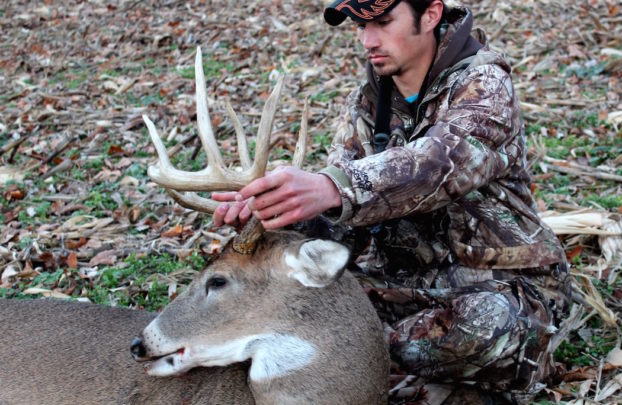
- Hunting Weekends Only
Those who deer hunt on public lands usually experience the most competition and hunting pressure on weekends and opening days. Those who hope to escape and evade other hunting pressure must consider hunting during the week. Multiple research studies have indicated that deer movement declines during and just after peak hunting days. Because of this, the majority of deer movement in daylight occurs from Tuesday to Friday on most properties, and in most situations. Deer hunters who focus on that window tend to see more deer while hunting.
- Messing Up Others
Kindness before filled tags. That’s the motto. Never ruin another person’s hunt to benefit yours. If someone’s parked there already, drive down the road. If someone’s already hunting that particular spot you like, go to Plan B. But never negatively impact another person’s hunt to convenience yourself or set yourself up for success. Maintain your morals over your effectiveness and success.
- Passing Deer You Shouldn’t
It’s easy enough to shoot a deer that you might not be happy with after the fact. It’s also possible to pass a deer that you’d be pleased with at the end of the hunt. Determine what that range of quality is that you’re looking for. Then, make sure you shoot that deer when it walks through, regardless of if it’s the first or the last day.
- Making Excuses to Give Up
I’ve found myself in great deer hunting situations and poor deer hunting situations. With the latter, it’s easy to make excuses not to go. This is even more common with hunting challenging tracts of public property. No matter the situation, quit making excuses and giving up. Keep hunting and keep trying to fill that tag until closing day. Even if that means locating a new piece of public land to hunt.
- Not Hunting Public Land at All
Public land is owned by and for the public. Not hunting it is a waste of your resources, because you helped pay for it, too. So, get out there and enjoy some public land deer hunting.

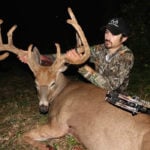 By
By 



